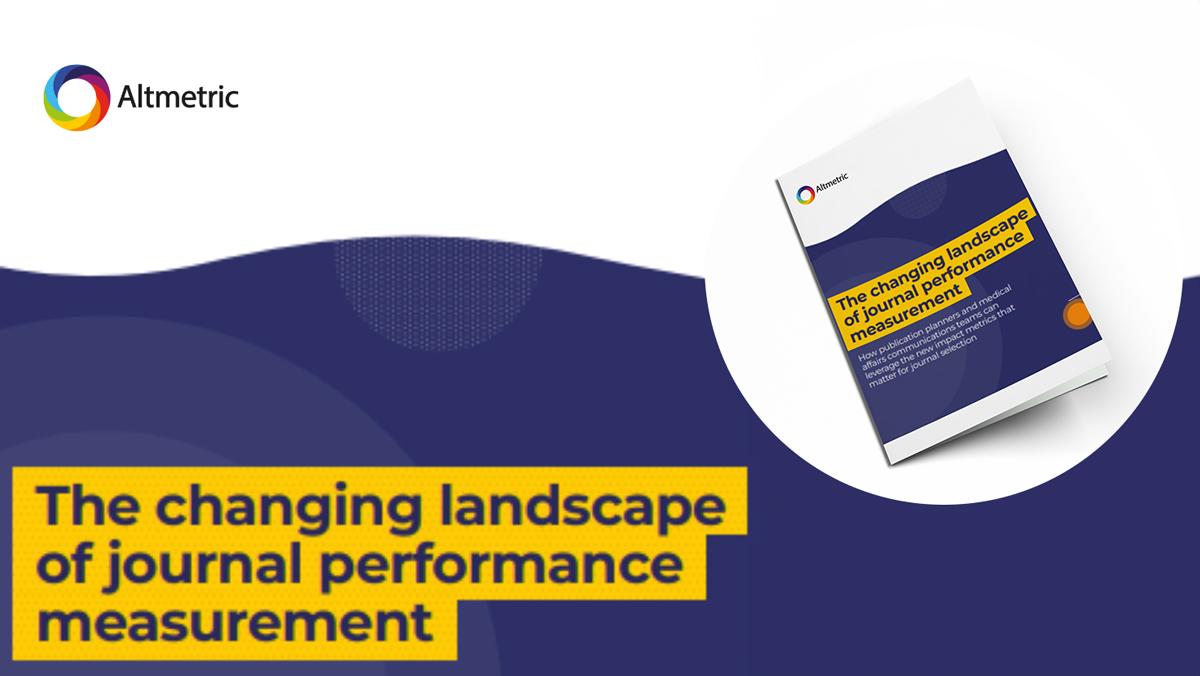Clovis' Rubraca is latest PARP drug showing promise in pancreatic cancer

Clovis Oncology’s Rubraca has become the latest PARP drug to show potential in pancreatic cancer, as pharma companies seek new uses outside ovarian cancer where this class first gained a foothold.
US-based Clovis cited interim data from a phase 2 study, which trialled the drug in platinum-sensitive patients with advanced pancreatic cancer.
Clovis said that early data are encouraging and suggest that first-line maintenance therapy with Rubraca, following induction with platinum-based chemotherapy, provides disease control.
There were no new safety signals among patients with a pathogenic mutation in BRCA1, BRCA2, PALB2 – which are present in between 5-8% of patients with pancreatic cancer.
Pancreatic cancer is notoriously difficult to treat, not least because symptoms often become apparent after the disease is well established, making effective drugs all the more important.
Clovis cautioned that this is early data, but said it is looking to find a way forward with regulators to develop Rubraca (rucaparib) for pancreatic cancer following the success of AstraZeneca and Merck & Co’s rival Lynparza (olaparib).
In February AZ and Merck announced phase 3 results from the POLO trial showing Lynparza, the first PARP (poly (ADP-ribose) polymerase) drug on the market, significantly improved progression-free survival in patients with germline BRCA-mutated forms of the disease.
Clovis’ University of Pennsylvania-based study is an ongoing, single-arm phase 2 trial investigating monotherapy Rubraca (600 mg twice daily) in the first-line maintenance setting.
It will enrol 42 patients with advanced pancreatic cancer and a pathogenic germline or somatic BRCA1, BRCA2, or PALB2 mutation, whose cancer has not progressed following at least four months of platinum-based chemotherapy.
The primary endpoint of the trial is progression-free survival and responses are determined using standard RECIST v1.1 criteria.
At the interim analysis, the median progression-free survival (PFS) in 19 evaluable patients was 278 days or 9.1 months from the start of Rubraca therapy. At a median potential follow-up of 244 days, median overall survival (OS) had not been reached.
According to the authors, of the 19 patients evaluated at the last data cutoff, one patient had a complete response and six more patients had partial responses, including responses in patients with germline BRCA2 mutations (n=4), germline PALB2 mutations (n=2) and somatic BRCA2 mutation (n=1).
Eight of the 19 patients were on Rubraca for more than six months and two patients remained on treatment for more than a year (13 months and 15 months).
The disease control rate – a complete or partial response and stable disease, at eight weeks follow-up, was 89.5%.
Clovis also cited safety data, showing Rubraca was well tolerated without dose-limiting toxicities.
Side effects were all low-grade, most commonly nausea and distortion of the sense of taste, but there were no side effects above grade three.

Patrick Mahaffy
Clovis’ CEO, Patrick Mahaffy, said: “Based on the encouraging early findings from this investigator-initiated study, as well as the findings from our own RUCAPANC trial of Rubraca in pancreatic cancer, we are evaluating a potential clinical and regulatory path forward for Rubraca in the treatment of pancreatic cancer and hope to have more details later in 2019.”
AZ/Merck’s Lynparza was the first PARP drug to get approved in 2014 in ovarian cancer, and since then AZ and its rivals have been developing the drug for various niches in ovarian cancer and in other forms of cancer too.
Lynparza was also the first PARP drug to get approved in breast cancer last year, and Clovis and others are also developing PARP drugs for prostate cancer too.














